Should You Upgrade Your TV?
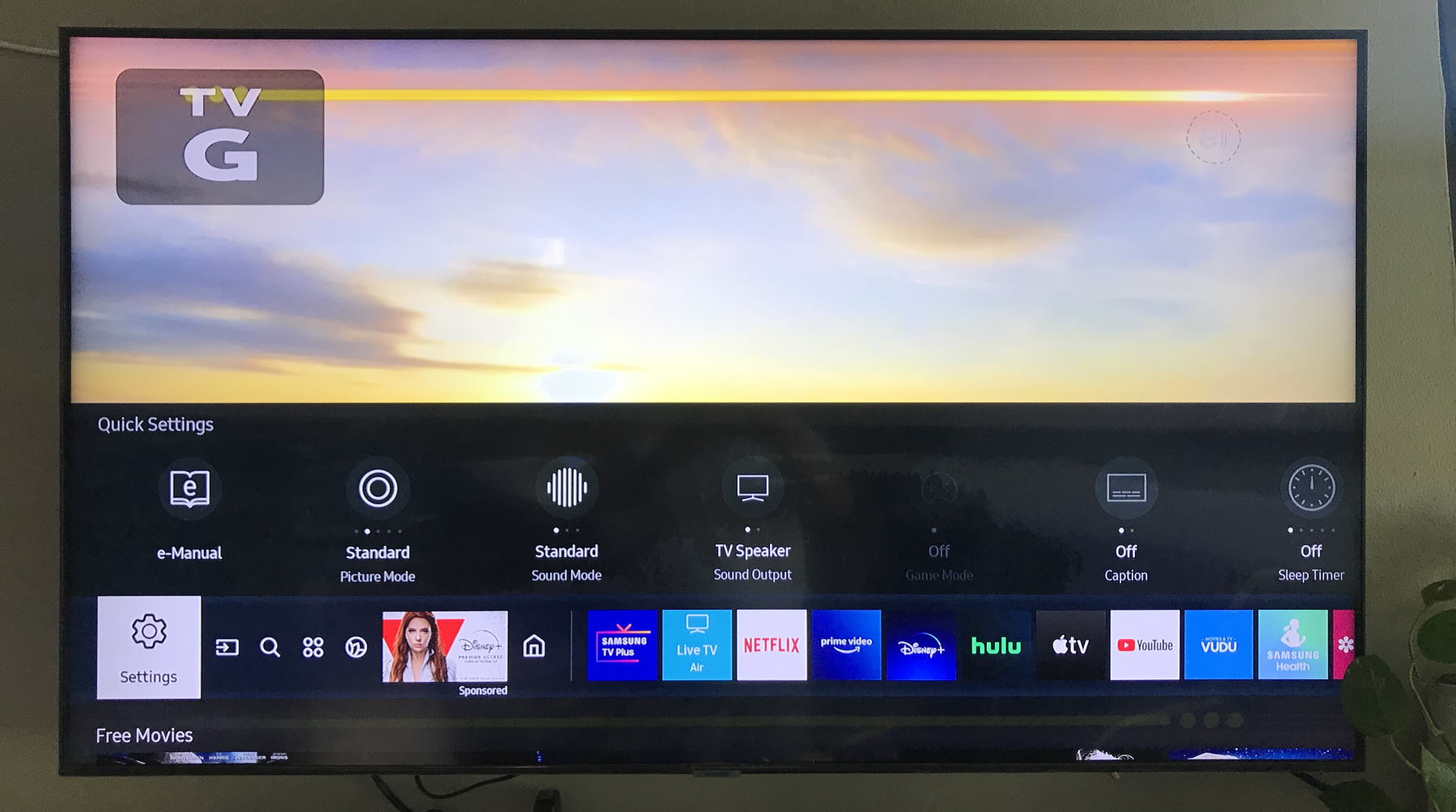
It seems like TVs are getting new features, better picture quality, and better specs every other week. There’s 4K and now 8K resolution. And 60Hz up to 120Hz refresh rates. Not to mention QLED and OLED screens. And, they integrate with streaming apps and Alexa or Google Assistant. You might wonder if it’s worth replacing your old TV to get these features, given that new flat-screen TVs seem like a great bargain.
I recently purchased a new 55″ Samsung QLED TV (QN5Q60T) to replace my 13-year-old 46″ Sony LCD TV. My Sony still worked great, but I gave it to my Mom to replace her 14-year-old LG which had finally started to die.
While I was initially pretty excited about my new TV, after a few months the excitement wore off and I have to say that aside from the larger size, the new TV doesn’t really increase my enjoyment of watching TV that much. The bottom line is that if you’re happy with your current TV, you probably shouldn’t upgrade just for the sake of getting some new “feature of the week” or the latest type of display technology.
Let me first discuss some cases where you probably should upgrade your TV though.
When You Should Get a New TV
These are some cases when I believe you should replace your current TV if you are able:
1. You have a tube TV
The difference in picture quality between a tube TV and a modern flat-screen high-definition TV is so great that you should upgrade. The only exception to this, I would say, is if you are very technically challenged and hate learning how to use new gadgets. Then sticking with what you have might be best.
New TVs also use less energy than tube TVs, although if you get a massively bigger screen that might not be the case.
2. Your current TV doesn’t have a built-in tuner and you want to watch broadcast TV
If you’re using a separate converter box to pick up broadcast TV with an antenna, you can ditch that and plug your antenna straight into the majority of new TVs (except for some Vizio TVs which are sold as “displays”). You can then ditch the separate remote control.
I did some testing and my new Samsung tuner picks up more channels than my old Sony did!
3. Your current TV screen is too small
A bigger screen definitely makes a difference in your viewing experience, so if your current TV screen is too small, I believe that is a good reason to upgrade to a bigger one.
Modern TVs are ridiculously cheap now for a given screen size compared to the past. Thirteen years ago, I paid $1600 for my 46″ Sony LCD TV. My parents paid $2000 for their 42″ LG LCD fourteen years ago. In 2021, I paid about $700 for a really nice 55″ Samsung QLED TV. You can get 55″ TVs with regular LED screens for significantly less!
Going from a 42″ or 46″ TV to a 65″ TV is a huge difference and can really improve your viewing experience.
4. Your current TV is broken in some way
Of course, if your current TV is broken in some way, you should replace it. My Mom’s 14-year old LG LCD TV had a problem where it would take five minutes to warm up after turning it on before the picture and sound appeared. It also had an annoying hiss in the audio that seemed to be getting louder over time. It was time to upgrade.
5. You are a videophile
If you are a gear enthusiast who lusts after the latest features and specs, you’re probably not looking for my permission to purchase a new TV!
When You Shouldn’t Get a New TV
Here are some reasons you might be better off saving your money and keeping your existing TV
1. If your screen size is already big enough
If you have an LCD TV, you might want to hold on to it rather than upgrade to get the latest over-hyped screen technology.
Modern LED and OLED screens have better “dynamic range”, meaning the black areas of the screen are blacker than on an LCD. If you watch an LCD TV next to an LED, the effect is noticeable, especially on an OLED TV. But when you’re watching your favorite movie, the “blacker blacks” don’t really make a difference.
After a few months of owning my new Samsung QLED TV, I appreciate the increased screen size, but the picture quality honestly doesn’t make me enjoy shows any more than I did with my old LCD screen.
My new TV has 4K resolution, while my old LCD was “just” 1080p. The images on my new TV look great. But then again, they looked pretty awesome at 1080p as well. When I’m viewing my TV from my couch, I can’t really notice the difference. And there’s still a lot of content out there that is not 4K.
Definitely do not pay for an 8K TV at this point unless you really have money to burn. There’s not that much 8K content out there yet.
While I spent a bit extra to get a higher-quality QLED display (about $700), I’m so glad I didn’t spend twice that or even $2000 for a “better” quality screen at the same size. It just isn’t worth it.
2. If you’re not “tech-savvy”
Setting up a new TV these days resembles setting up a computer, with software updates, Wi-Fi connections, account creations, and tons of menus to go through.
Even I had some difficulty during the setup process to get my Samsung to scan for broadcast TV stations. After struggling with it for a while, the solution was to “re-boot” my TV and everything was fine after that. But you get the idea – it sounds like something you’d have to do on a computer.
If you are good with gadgets, this is not a problem. But, if you don’t know how to set up a new device on your Wi-Fi network, you might need to get help to set up a new TV. I definitely would need to help my mom set up a smart TV, for example.
Because my new Samsung is so tightly integrated with the Internet and has so many features, the user interface is more complex than on TVs from, say 2010. The main thing is that the remote is now a 4-way keypad and you basically cursor around the screen to do things. If you’re comfortable with that, it’s fine, but it could be a turnoff for users who are accustomed to simply using the channel up and down buttons.
The new Samsung remote control has fewer buttons and looks simpler than my old Sony remote but it belies a lot of hidden complexity.
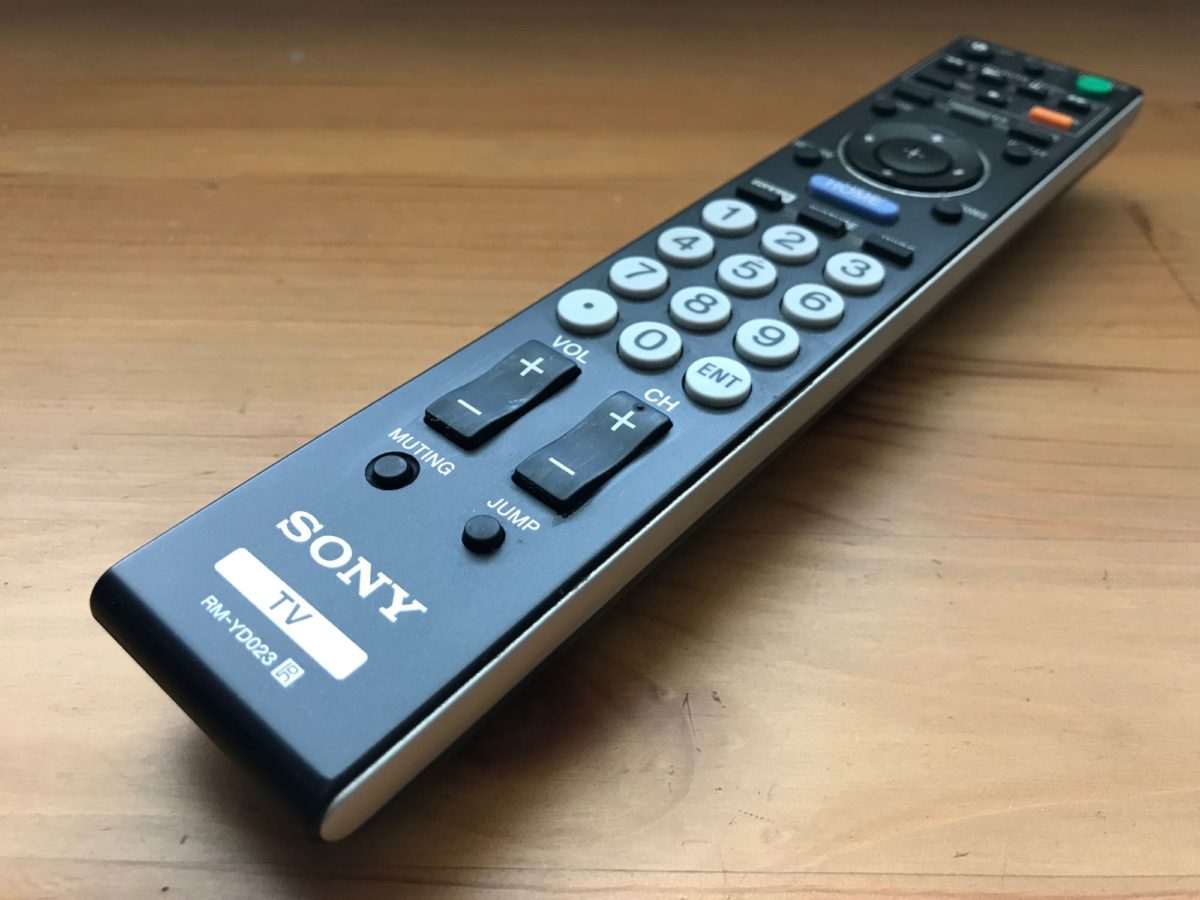
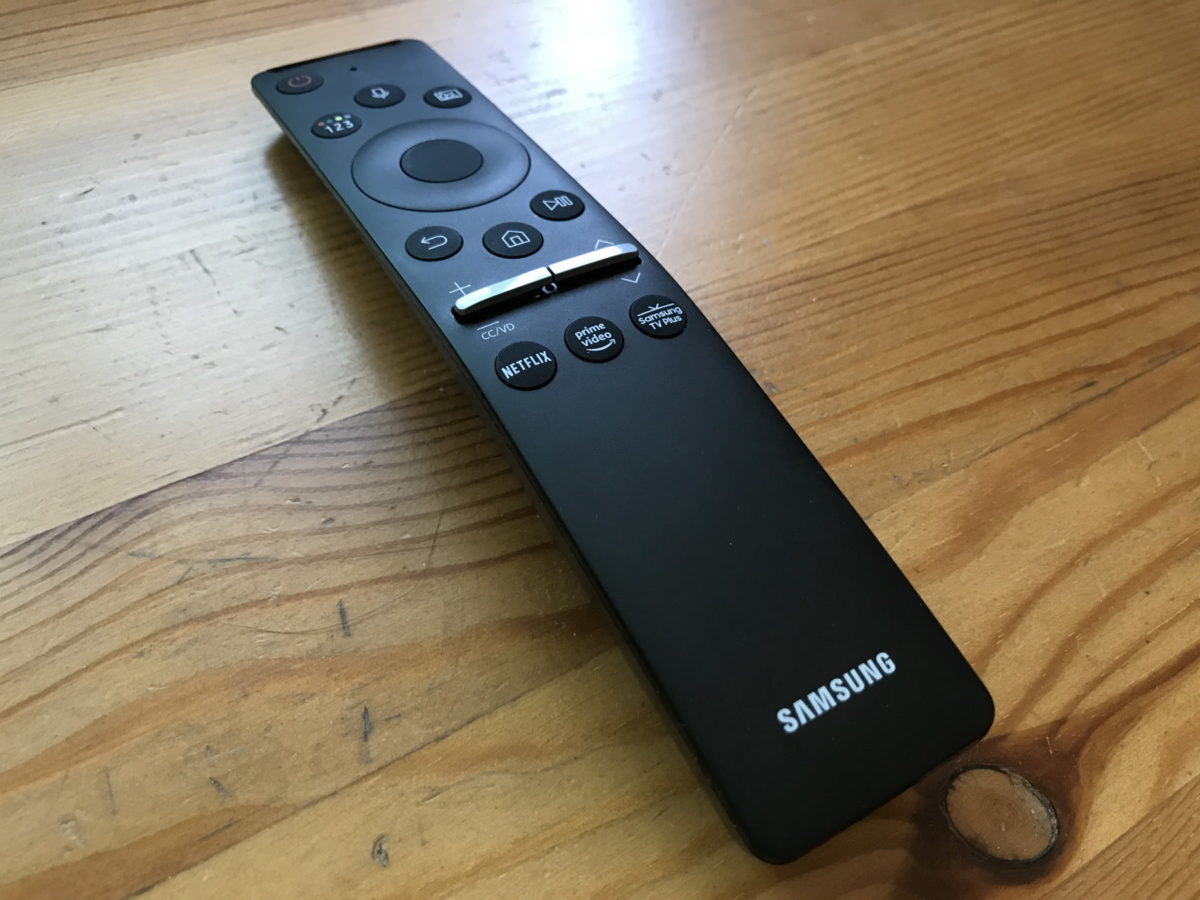
For example, the volume “button” is actually more like a two-direction joystick. Press it down to mute. Push it forward to raise the volume, and pull it back to lower. There are no longer dedicated buttons for volume up and down. Similarly, the channel button has three degrees of motion: press down for the guide, push forward to increment the channel, and back to decrement the channel.
A lot of other functionality requires cursoring around the screen and highlighting menu items.
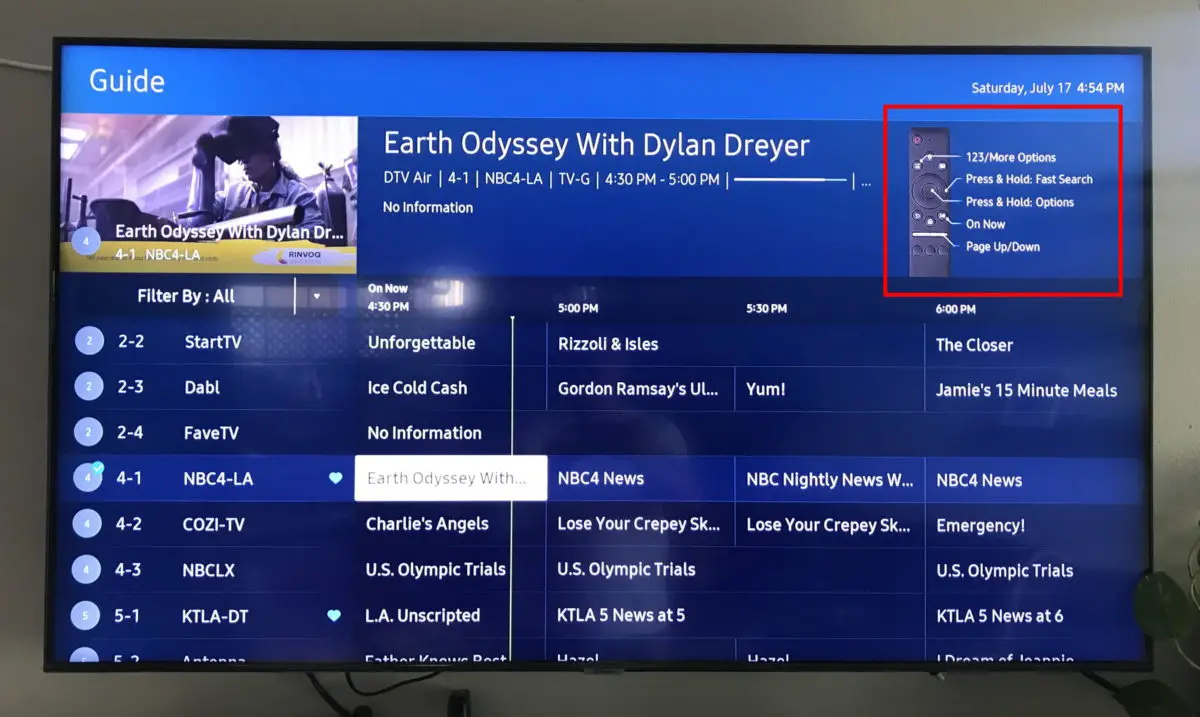
There are still more hidden features that you access by pressing and holding buttons.
All of this is fine for most users but could be problematic for those who don’t have great motor control or hand-eye coordination, such as the elderly.
3. If your current TV is reliable
New TVs are incredibly inexpensive these days but there may be a reason. There are tons of stories online of today’s cheap TVs going bad after just a few years, especially the lesser-known brands. My old 46″ Sony LCD TV, on the other hand, is still going strong after thirteen years!
If you do want to purchase a new TV, Consumer Reports says that Samsung, Sony, and LG brand TVs have the best reliability.
4. If you’re concerned about privacy
While smart TVs don’t have cameras, they could send back information about what shows you are watching. Furthermore, in order to get access to all of the features, I had to create an account with Samsung, giving my name and email address.
Of course, if you’re really concerned about privacy you could choose to not register your TV online or not connect it to the Internet at all and just use your external Roku (or another box) for your streaming channels.
Conclusion
I hope this guide has helped you decide whether you should buy a new TV or not. At first, the low cost and dazzling features of new TVs might tempt you to want to replace your current TV. But, if you have a modern flat-screen TV that is working well and large enough for your room, then you might just want to hold on to it until it dies of natural causes, especially if you are not tech-savvy and don’t want to learn how to use a new device.
Keep in Touch – Subscribe for Free
If you liked this article, please sign up for email updates. I’ll send you a note when I publish a new article, no more than once every few months. Unsubscribe any time. – Brian

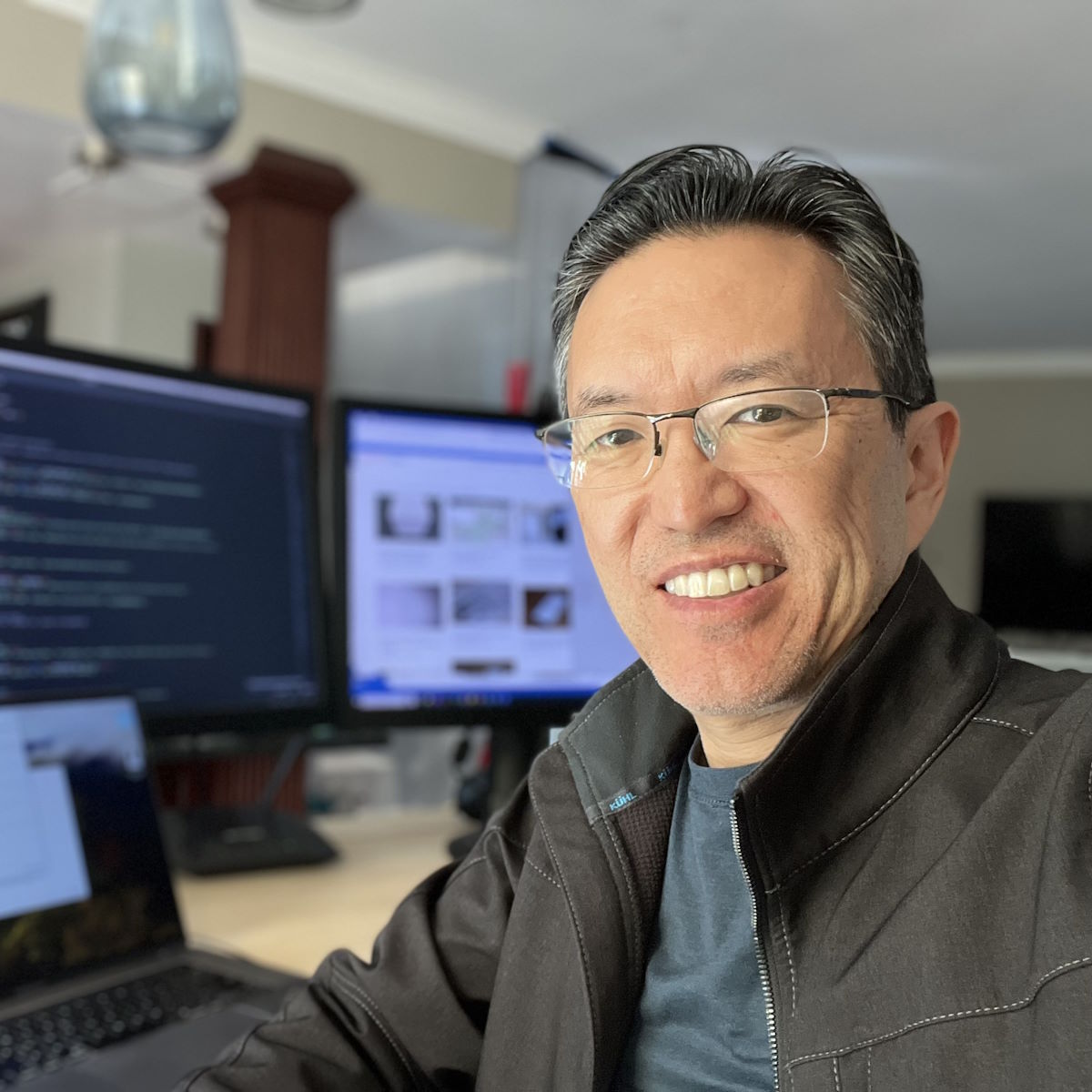
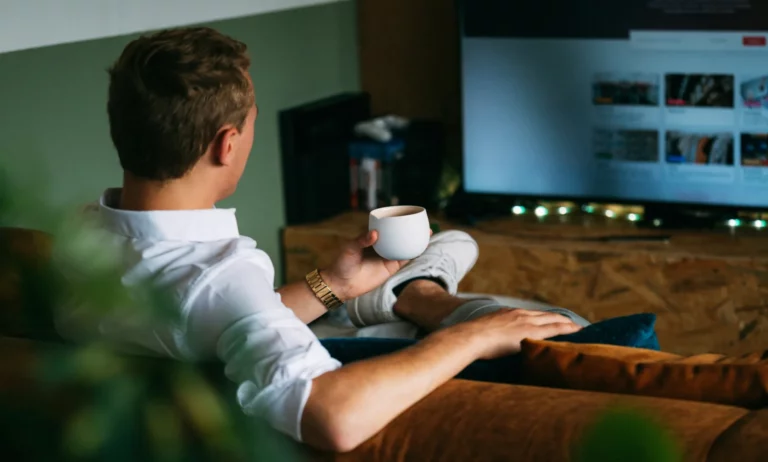
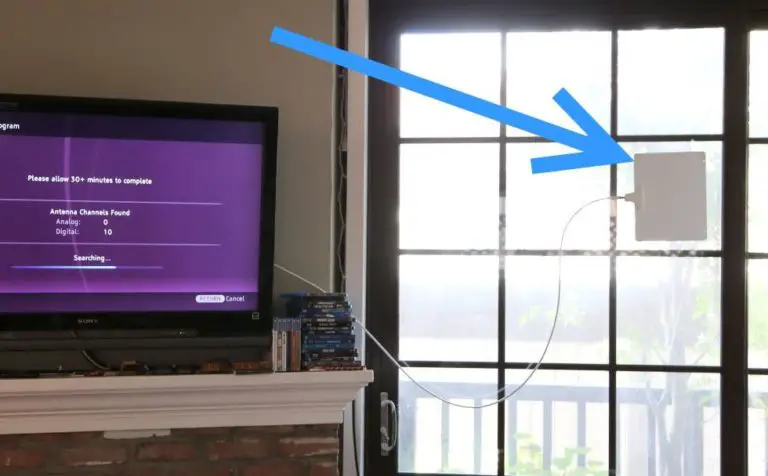
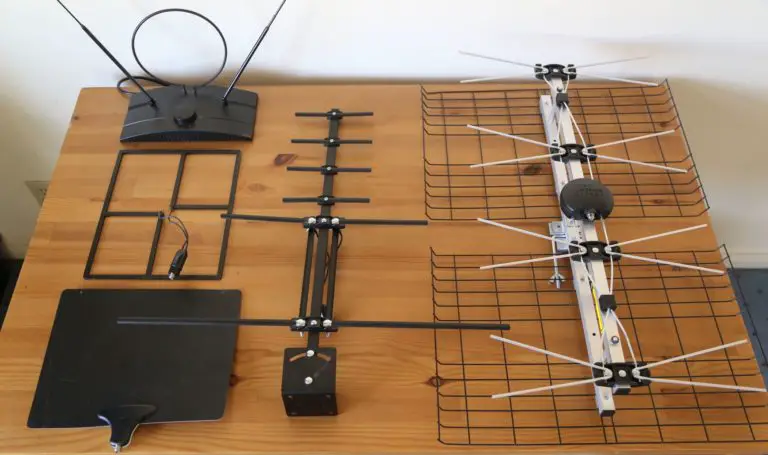
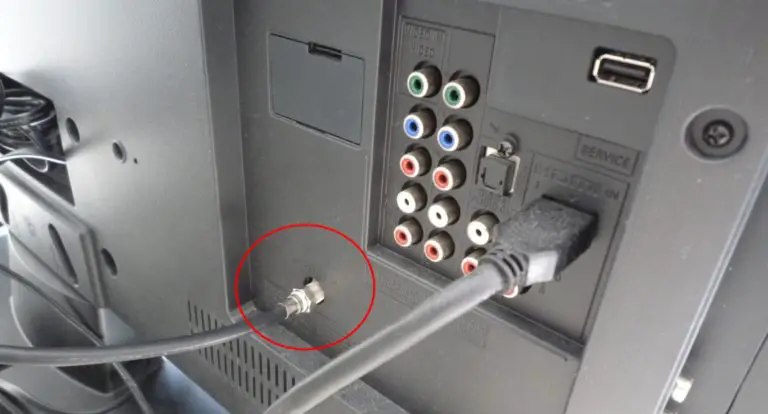
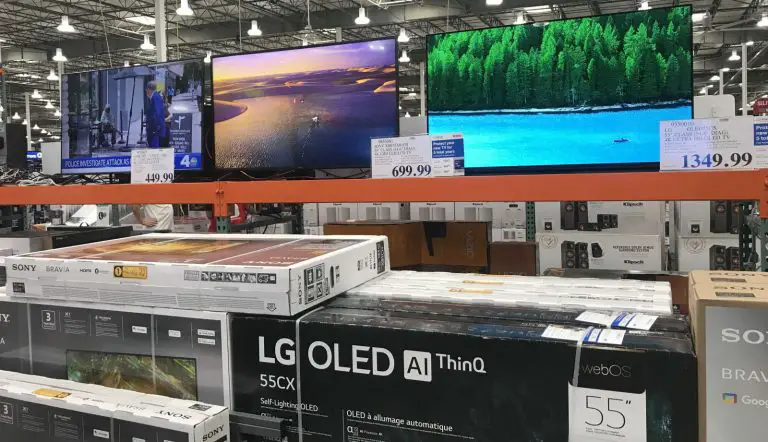
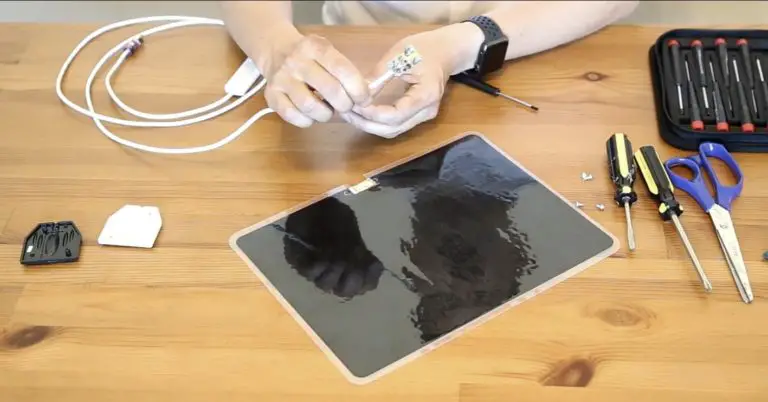
Brian,
I appreciate how you cut through all the hype. I also value your thoughts & comments.
We’ve been looking at new TV’s. Our Samsung 6400 is about 8 years old and seems to be losing support from Samsung, since we can’t ad any new Apps from the Samsung site and it won’t allow other Apps.
Is there something else we could do to get more channels? Our TV is connected to the internet, it has the “Smart Hub” which used to have App’s like Hulu and others, but Samsung has deleted some and hasn’t added anything new in about 4 year.
Also, we don’t have cable, just a good roof antenna.
Any help is appreciated!
Hi Paul,
Sorry for the delayed response as I missed this message originally!
I would recommend getting a Roku! The apps in “smart TVs” go bad before very long due to lack of updates.
https://www.disablemycable.com/roku/
Best,
Brian